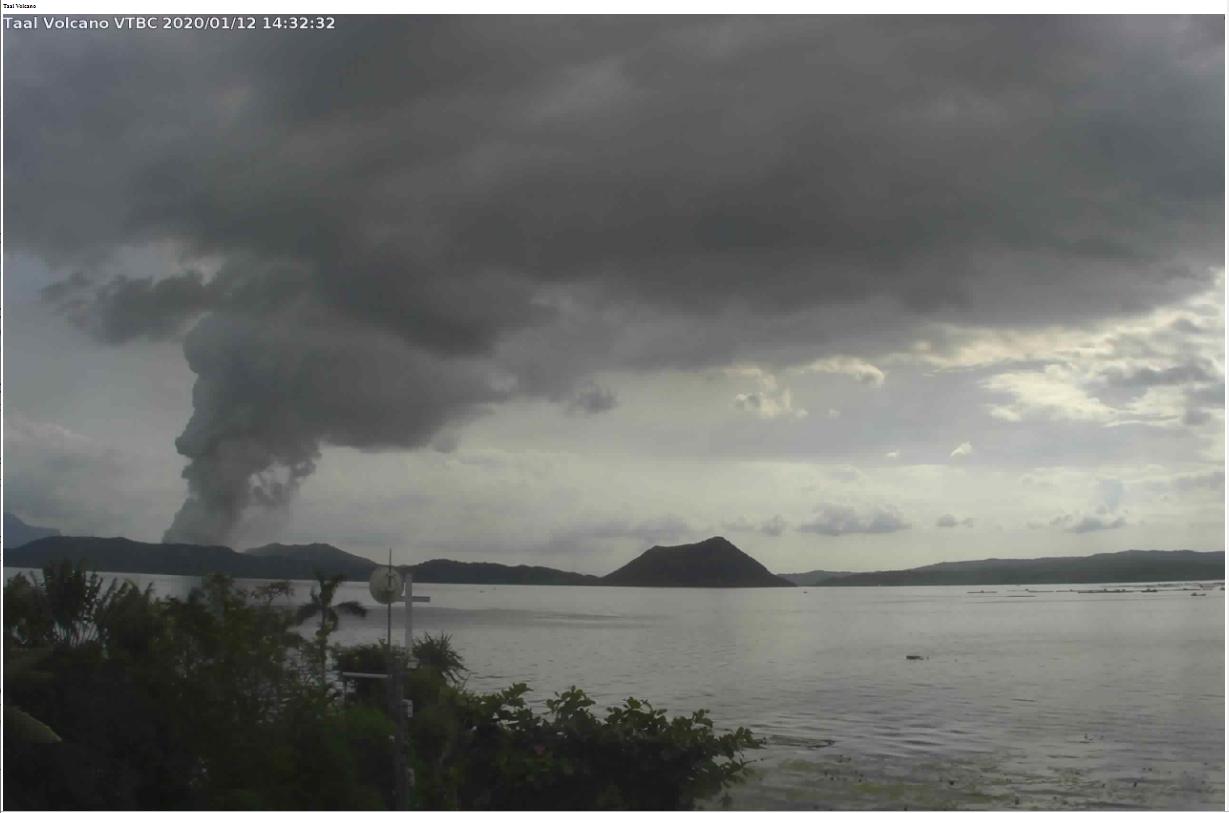News
Fewer sulfur emission, quakes recorded in Taal Volcano

FILE: Ongoing phreatic explosion at the Main Crater of Taal Volcano. Photos taken from installed IP camera monitoring the activity of Taal Volcano. (Photo: phivolcs_dost/Twitter)
MANILA — Sulfur dioxide (SO2) emission and volcanic earthquakes recorded in Taal Volcano declined for the past 24 hours, the Philippine Institute of Volcanology and Seismology (Phivolcs) reported Wednesday.
SO2 emission had an average of 55 tonnes on February 4, compared to an average of 231 tonnes recorded the previous day.
There were 156 volcanic earthquakes recorded, including two low-frequency events.
This is fewer compared to 223 volcanic quakes and eight low-frequency events the previous day.
Eighteen harmonic tremors with one to three minutes duration have also been observed.
“These earthquakes signify magmatic activity beneath the Taal edifice that could lead to eruptive activity at the main crater,” said Phivolcs in its bulletin.
Taal Volcano remains under Alert Level 3, which means sudden steam-driven and weak phreatomagmatic explosions, volcanic earthquakes, ashfall, and lethal volcanic gas expulsions may still occur in areas within Taal Volcano Island and nearby lake shores.
Meanwhile, steam-laden plumes further went down, measuring 50 to 100 meters tall. Plume emission reported on Tuesday measured 50 to 500 meters in height.
Phivolcs maintains that entry into the Taal Volcano Island, as well as into areas over Taal Lake and communities west of the island within the seven-kilometer radius from the main crater is still strictly prohibited.
“Local government units are advised to assess areas outside the seven-kilometer radius for damages and road accessibilities and to strengthen preparedness, contingency and communication measures in case of renewed unrest,” it added.





















